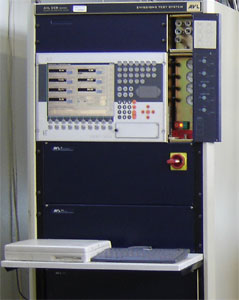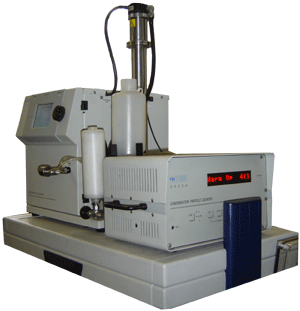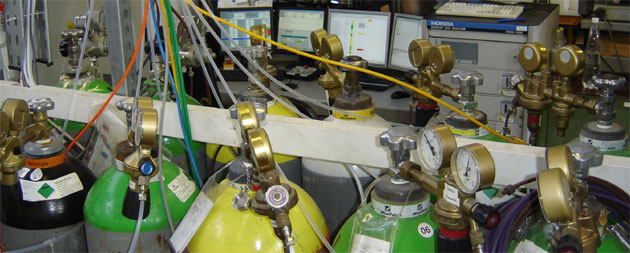Exhaust gas analysis
Objective:
Clean combustion engines are at the top in the preamble. In most cases the analyzers are extensive systems with gas sampling, heated gas transmission, gas processing (dilution), different measuring systems, battery calibration and data acquisition. The engine dynamometer must meet some requirements. The measures provided for in the emissions category as driving cycles must be able to be moved automatically. In scientific questions, such as the investigation of new fuels, new combustion processes or injection techniques in addition to performance, fuel consumption and noise are always exhaust emissions in the center of the investigation.
Overview of the analysis process:
The exhaust gases from internal combustion engines consist predominantly of nitrogen, carbon dioxide, water vapor, a small proportion of oxygen and the contaminants. The pollutants include carbon monoxide (CO), hydrocarbons (HC), nitrogen oxides (NO) and the solids (soot).
|
Exhaust component |
Principle |
Method |
Abbreviation |
|
CO, CO 2, |
Absorption spectroscopy |
Non-dispersive infrared detectors |
NDIR |
|
HC |
Ionization |
Flame ionization detector |
FID |
|
NO, NO x |
Chemiluminescence |
Chemiluminescence Detector |
CLD |
|
Gaseous components |
Absorption spectroscopy |
Fourier-transform infrared spectrometer |
FTIR |
|
O 2 |
paramagnetic |
Paramagnetic detector |
PMD |
|
Soot particles |
gravimetrically |
multiple filters and micro-scale |
 |
 |

